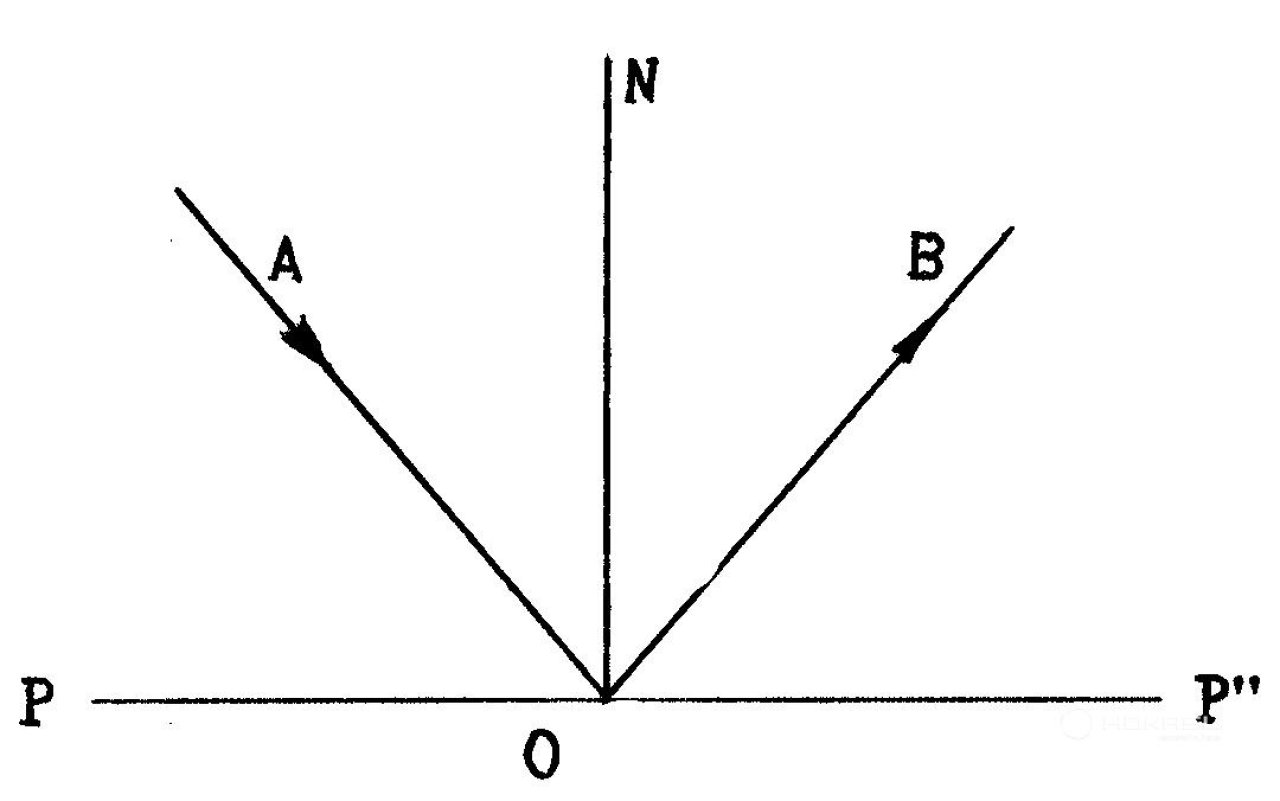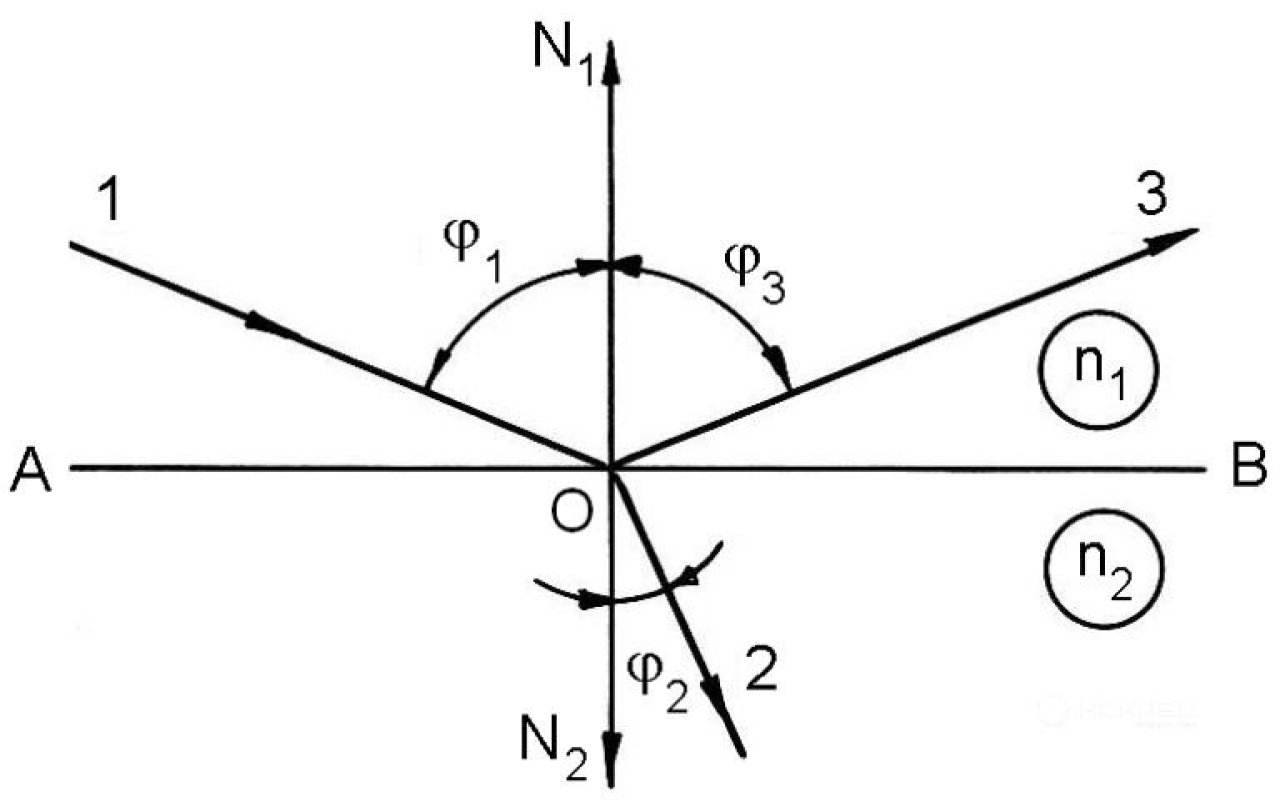Cookies are used for optimal website experience.
What is the law of light reflection: a complete formulation
We see the transformation of light everywhere: in store windows, in the glare of the sun on water, and of course in the mirror. But we don't really think about the mechanisms and principles of this phenomenon. But these basics are actively used in different spheres of our life. Let's go a little deeper into what light is, how it refracts, and how it is used in life.

Basic Knowledge of Light
The fundamentals of physical knowledge are the most accessible to understand, since we observe their principles with our own eyes every day around us. The same is true of the law of light reflection. This law describes the moment when light waves hit a surface, change their direction and come back only at a different angle. This doesn't just apply to mirrored surfaces. We see any object because it reflects natural sunlight or artificial light. As the rays change their direction, they pass in one medium and collide with another, some of them returning back to the primary medium. If part of the spectrum penetrates into another substance we observe the phenomenon of refraction.
To avoid confusing theory, let's understand the terminology:
- An incident beam is a stream of light waves hitting the interface between two optical media.
- Radiation that returned to the initial matter is called reflected radiation.
- If we construct an imaginary perpendicular to the reflecting surface (normal) at the point of light incidence, the incidence angle will be calculated as the angle between the perpendicular and the incident light flux.
- The angle of light return, respectively, is the angle between the normal and the reflected light.
From these definitions, the reflection coefficient can be derived. This coefficient shows how much of the light flux will return back to the original medium. The return coefficient is primarily influenced by the nature of the rays and the angle of incidence on the surface.
A little historical background
The foundation of theoretical knowledge about the laws of light propagation was laid by the ancient Greek mathematician Euclid and Aristotle. They were the first to try to describe the processes of transformation of solar activity in terms of physics in the 3rd century BC. Further theoretical materials were studied and confirmed experimentally by Newton, Huygens. It was he who first explained the geometrical regularities of optical phenomena in terms of the wave nature of radiation. His proof is based on geometric axioms about isosceles triangles. We will discuss these principles in a little more detail.
The law of light reflection
The law of light reflection describes the pattern of the phenomenon in which a ray passing through one substance, on the surface of contact with another substance, returns back. If the medium is transparent, the spectrum passes through it and we will not see a return.

Our vision perceives light from its emitter or from objects reflecting light waves. If an object reflects back some of the energy, it itself becomes an object of radiation to our eyes.
To describe the laws of geometrical optics, there are two laws:
- The first law: incident radiation, reflected radiation and normal radiation (conditional perpendicular to the surface) are in the same plane relative to each other. This means that the light beam is flat.
- The second law: the angle of reflection of the incident beam is equal to the angle of incidence with respect to the normal.
That is, first the light beam hits the mirror surface, and at the point of incidence it becomes the source of secondary radiation. This will happen after milliseconds. Based on the Huygens principle, if we consider the incidence and return of the flux in terms of isosceles triangles (∠ABC = ∠DAC).
The second law can be represented as an equality:
ƒот = ƒп
That is, all the energy will be directed to the reflection of light, and there will be no refracted light at all. This phenomenon is called the phenomenon of total reflection of light.
Mirror and diffusion reflection
There are two types of rays returning to the substance from whence they fell: specular and diffuse. It depends on the structure of the surface.
- Diffuse reflection occurs from non-smooth substrates (wood, paper, asphalt). Such materials have many micro-bends, depressions, broken recesses, which have different angles. Therefore, parallel waves of energy, hitting such an object, are reflected at different angles. That is, for each wave, the second law is fulfilled, and in general, the scattering of the flux occurs in different directions.
- We observe specular reflection from glossy flat substrates (mirror, mercury, tinted glass, polished metal, stone). It is a phenomenon where each wave comes back at the same angle for all rays. Radiation falls on an object in parallel lines and is reflected, also in parallel streams. We recommend watching a video on "Mirror and Diffuse Reflection".
The phenomenon of inverse reflection
If the surface is perfectly flat and mirror-like, we can observe the process of back reflection. This is the phenomenon where waves completely return after hitting the mirror base to the source of their radiation in a parallel straight line.
That is, if you take a mirror and point the light directly perpendicular to it, it will come back exactly back.
This phenomenon can be clearly observed by placing two mirrors perpendicular to each other. Whichever way the light is directed, the spectrum will return back parallel to the original emission.
Using the law in practice
In practice, we can observe these physical laws everywhere. To make it clearer, take a laser flashlight with a thin beam of light. Turn off the light and point it at the mirror at different angles.
If you change the direction of illumination, the plane of its return will also change. This effect is used in the optical equipment of modern experimental technique. Concave mirror planes are used to focus the rays at one point. Convex, on the contrary, scatter the spectrum falling on them. This increases the angle of view.
The principle of full internal energy spectrum return, is used in the manufacture of fiber-optic cables for high-speed digital data transmission.
In conclusion
The phenomena we observe on a daily basis have their own principles and descriptions. We do not always think about why we see our reflection in a body of water, or a distorted portrait in a laughing room. However, these patterns are actively applied in the manufacture of optics. Where else can we observe the effect of the law of light reflection in everyday life, share in the comments and social networks.
04.05.2024

